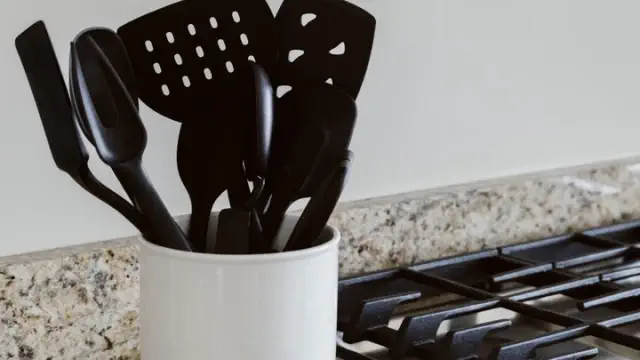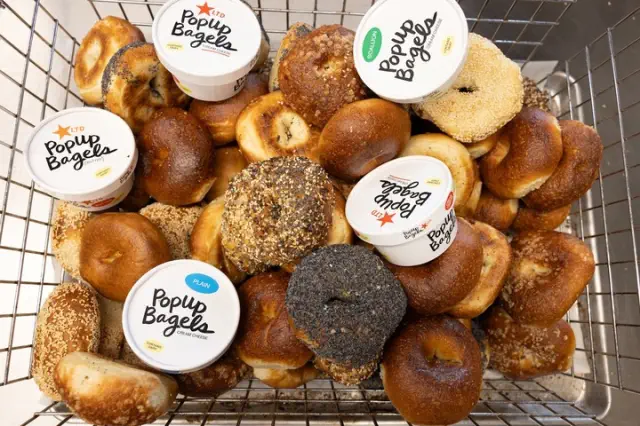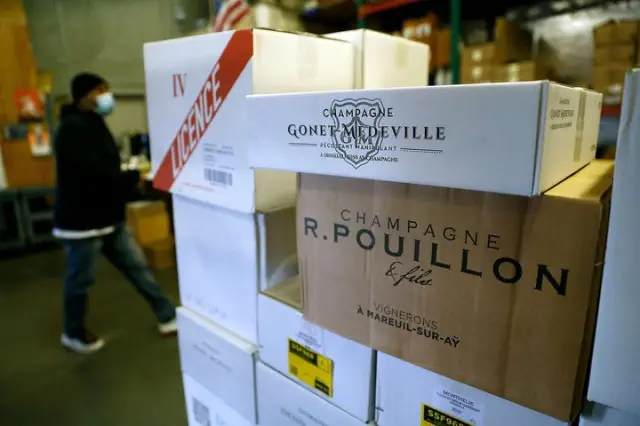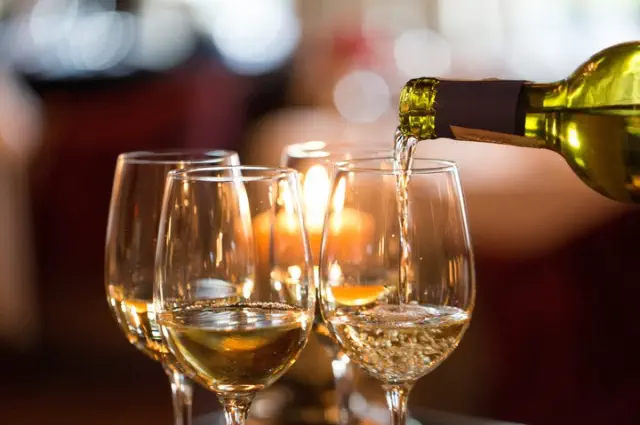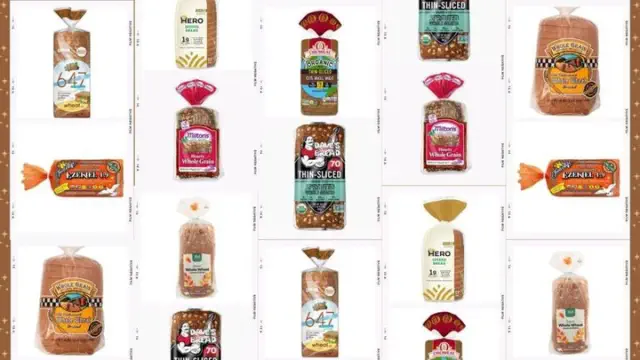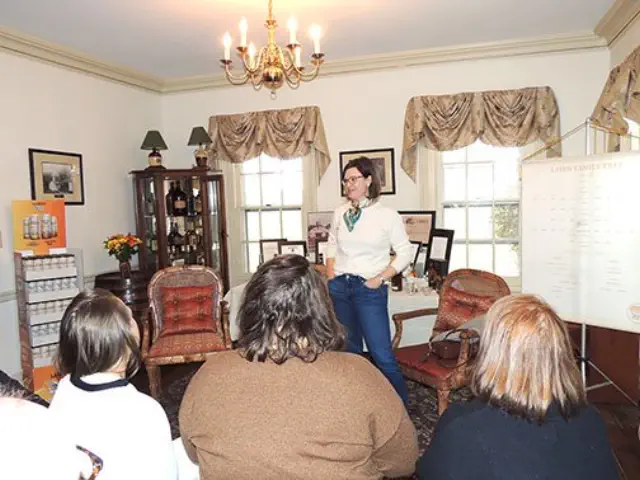
View pictures in App save up to 80% data.
This piece was submitted by Ellen Knoernschild and authored by her late husband, Bob, who lived from 1935 until 2017. In his writing, Bob reflects on his experiences growing up in Augusta at Centennial Farms.
Prior to beginning the sausage-making process, it was essential to divide the various pork cuts including hams, shoulders, feet, bacon, and ribs. In the past, there were no effective methods to preserve pork chops or loin meat, leading to their separation from the backbone for use in summer sausage. The backbone itself was halved and stored in the smokehouse for extended periods. Eventually, it was cut into pieces and simmered with sauerkraut, while ribs were also prepared alongside it. The concept of barbecued ribs was not yet a common practice.
The hams were carefully shaped, then coated with salt followed by sugar and curing blends. Unlike the soft, watery hams we see today, authentic country ham had a distinct character. It was typically fried, although it could also be boiled alongside potatoes and green beans.
Shoulders were typically made into sausage initially, but eventually, they were preserved and referred to as "picnic hams." Bacon underwent trimming and was then salted for curing. The meat was placed in a sizable wooden barrel, roughly three feet deep and wide, with salt generously sprinkled over each layer to prevent spoilage and aid in the curing process.
The remaining meat was taken to the women, who would prepare and grind it for making frying sausage and summer sausage. The leanest cuts were reserved for the summer sausage, while any excess fat was trimmed away to be rendered into lard. The trimmed meat was processed through a large grinder and transferred into the sausage stuffer. A casing was fitted over a nozzle, and as the stuffer was turned, the meat was pushed into the casing. The sausage links were secured at both ends, leaving a loop for hanging. Both the frying and summer sausages were then hung on racks inside the smokehouse.
After the smoking process, the summer sausage would undergo partial drying but would need to be hung for five months before it was deemed ready for consumption. There was some debate over its safety since it was never cooked. Hogs might carry trichinosis, a parasitic worm that infiltrates muscles through contaminated feed, posing a risk to those who consume the sausage. In the 1960s, Washington, MO, gained notoriety for having a higher incidence of trichinosis than the rest of the nation combined, with 20 cases linked to a party where summer sausage from a local grocery store was served. To eliminate the worms and ensure safety, summer sausage can be frozen.
In the past, local butcher shops offered rental locker spaces, transforming the butchering process. Customers could secure a metal compartment in the freezer, locked with a key, and pay an annual fee for its use. This allowed for the freezing of meat, enabling choices like pork chops from the loins rather than just summer sausage. Additionally, locker plants provided services to cut and wrap the meat upon request.

